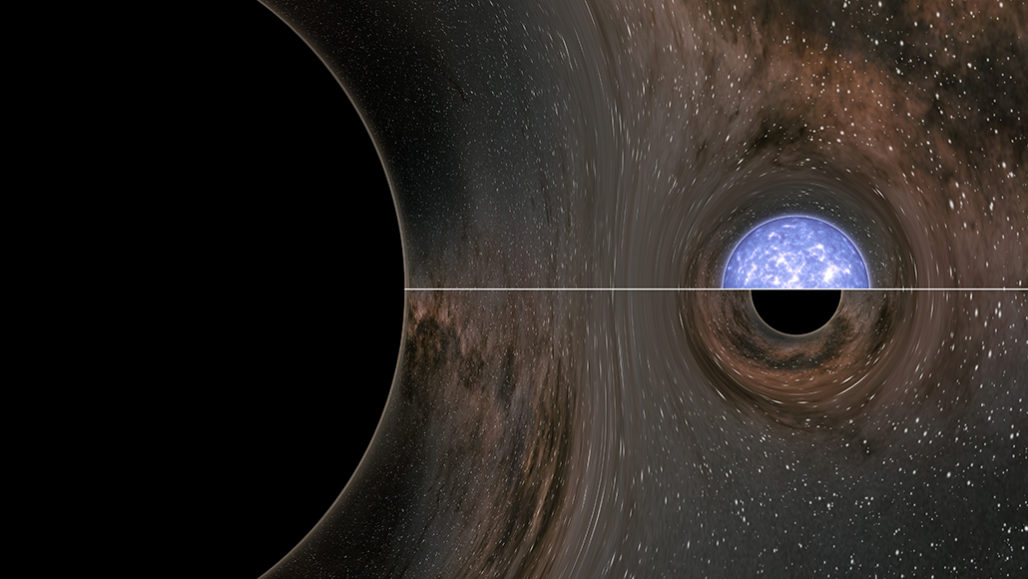
The heaviest known neutron star — or the lightest known black hole
Gravitational-wave observatories have witnessed a black hole, 23 times as massive as the Sun, gobbling up an enigmatic object. At 2.6 solar masses, it is thought to be too large to be a neutron star, the only other type of orb that current detectors are sensitive to. But if it is a black hole, it would be the lightest ever observed. The massive stars that collapse to form black holes should leave behind remnants at least twice that size, standard astrophysical models suggest. Astronomers tried to find clues by looking for light from the merger, but to no avail. The enlarged black hole is now “doomed to wander the vast emptiness of space, probably never emitting another peep”, says astrophysicist Cole Miller.
Science News | 5 min readReference: Astrophysical Journal Letters paper






















No hay comentarios:
Publicar un comentario